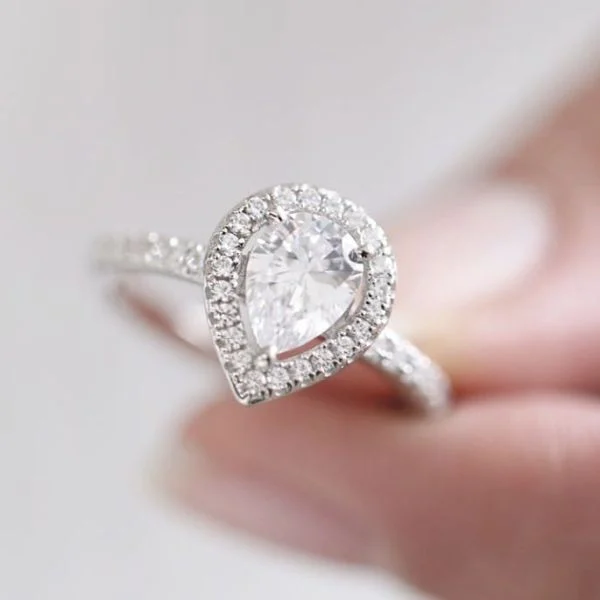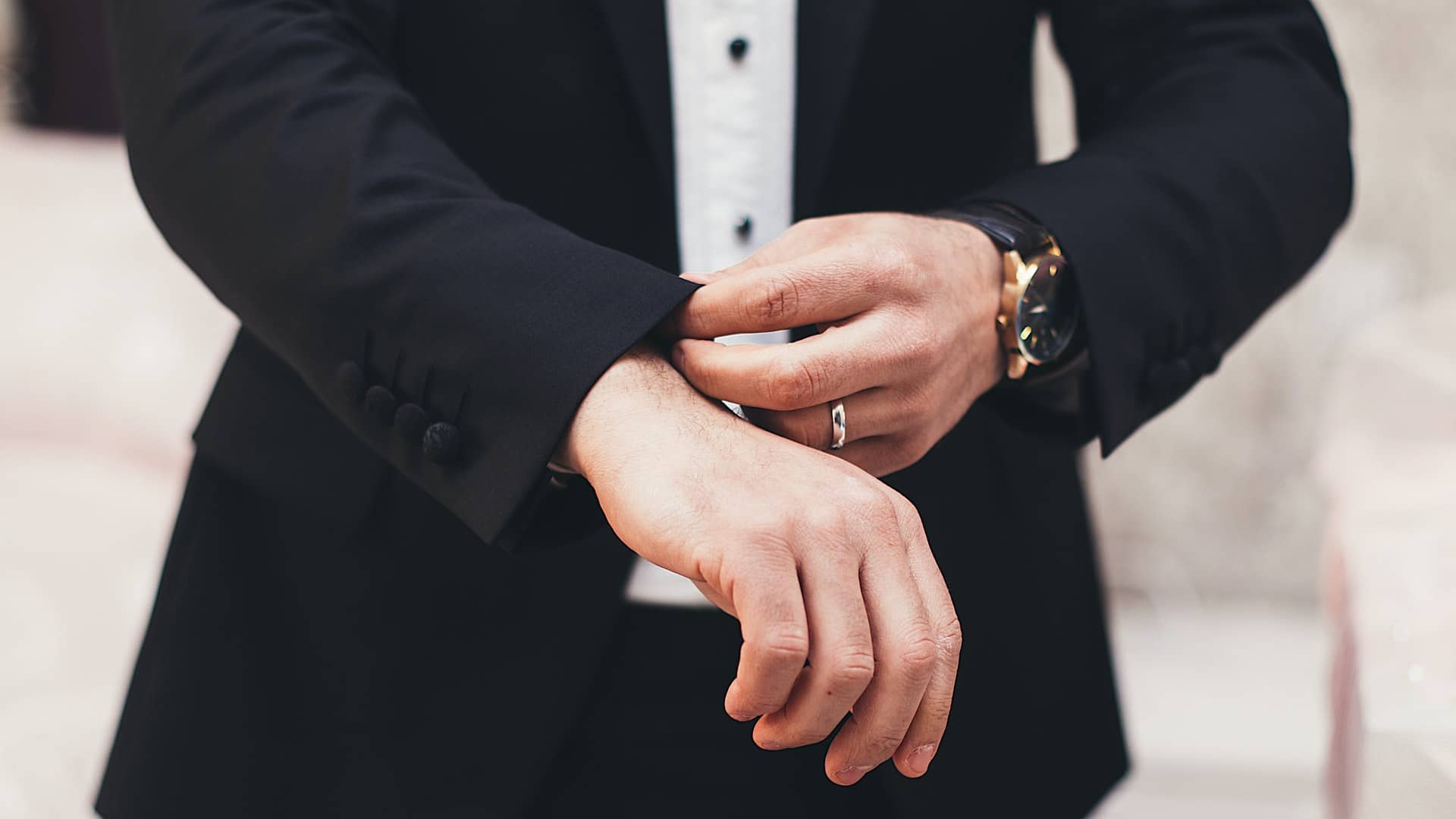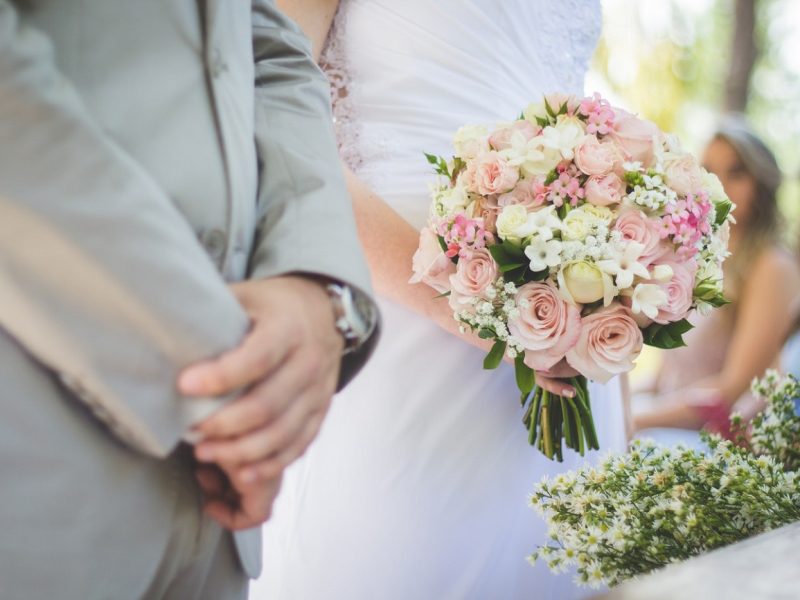You’ve started looking for an engagement ring, only to be faced with what feels like thousands of options of cuts, colours, settings, bands, stones, and very importantly, prices!
It’s easy to feel overwhelmed.
An engagement ring is one of the most important purchases you can make, but rest assured you’re not alone, and almost anyone facing this decision has asked the question “How much to spend on an engagement ring?”
Or, keep reading to find out the average cost of a ring, how much you should be spending, and some tips on getting the perfect ring for your lover within budget.
So, How Much Should You Spend on an Engagement Ring?
One of the most common metrics people use to decide how much an engagement ring should cost is the traditional three-month salary rule. However, as we’ll talk about, the average price of an engagement ring in the UK is actually considerably less than that.
The three-month rule was an advertising strategy to encourage people to purchase diamonds from the De Beers company in the US, and has roots in the great depression and early 20th century, up until post-World War 2.
The three-month theory also generally balances out to be a “significant amount” but scales to your earnings, rather than being a concrete figure.
Ultimately the real answer to this question is simple: spend what you can afford.
What Is the Average Cost of an Engagement Ring in the UK?
In the UK, there have been a few different studies on how much the average cost of an engagement ring is, and the results show that it’s generally between £1800 and £2000.
However, a Hatton Garden jeweller found in 2020 that while the average person spent £1865 on their ring, their average 3-month salary was around £7650, so it’s clear that most people aren’t subscribing to that rule any more!
Another report in 2022 found that individual ring prices ranged from £600 to £10,000 but the average cost of an engagement ring was £2,100.
Is the Cost of an Engagement Ring Important?
The cost of an engagement ring is one of the least important parts of the ring-buying process!
Of course, with a bigger budget, you’ll have a wider choice of materials, settings, and stones to choose from, but that doesn’t mean you can’t get a fantastic ring without spending a lot of money.
Everyone’s financial situation is different, and it’s important to take all the important factors into account when making such an important purchase. You should consider:
Your current income and household income
Any savings you have
Financial goals for the future
Any existing debts
Any other big purchases, such as a house, that you’re saving towards
One of the most important things to do when choosing an engagement ring is to pick a realistic budget and stick to it.
As long as you consider your partner’s taste, it’s possible to get them a piece that they’ll love wearing every day, regardless of cost. Plus, you can always get a ring that fits your budget and needs now, with a plan to upgrade your diamond or your ring in the future when you’re able.
Choosing a More Affordable Engagement Ring
With all of that said, there are plenty of things you can do to keep the cost of your ring realistic, without compromising on beauty.
These are just a few tips that can help you stay within your budget, while also finding the perfect engagement ring.
Lab Grown Diamonds vs Natural Diamonds
Natural diamonds are more expensive on the whole, both because of the intensity of mining diamonds and the relative scarcity of them, but also because of marketing!
In the same De Beers campaign that said you should spend three month’s salary on an engagement ring, the need for a natural diamond in your ring was also pushed, and that trend has persisted ever since.
Lab-grown diamonds are available in all the same cuts, colours, carats, and clarity levels as a natural diamond, so it’s a great option if you’re looking for a bit more sparkle without going over budget.
Manipulate the 4Cs
The 4Cs are how we measure the quality of diamonds and are the best place to start when thinking about choosing your engagement ring diamond.
The 4Cs stand for colour, clarity, cut and carat.
Each of these 4 factors will affect the overall price of your diamond, and while the quality of diamonds can be measured overall, they each have a very different impact on the appearance of the overall stone. The 4Cs apply to both natural and lab-grown diamonds.
Colour – Diamonds are graded on a scale of 23 shades, from D (colourless and most expensive) to Z (often a light yellow shade). However, the colour of a diamond in your ring can appear very different depending on the clarity and cut of the stone, so you don’t have to spend all your budget on a colourless stone.
Clarity – Clarity refers to a diamond’s natural “inclusions” which is what we call the trace minerals or crystallisation that can occur in the stone. Even if they aren’t visible to the naked eye, inclusions can affect how the stone reflects and refracts light. Diamonds with inclusions are graded on a scale from FL (flawless and most expensive) to I (included).
Cut – The cut of the diamond doesn’t refer to shape in this instance, but how well the shape has been crafted, and is graded on a scale from Excellent to Poor. A well-cut diamond can make a smaller, included, or coloured stone much more valuable, while a poorly cut diamond will be less valuable than other stones of the same size.
Carat – The carat rating of a stone refers to how much it weighs. As larger diamonds tend to be heavier, it’s also a good indicator of a diamond’s size. 1 carat weighs 0.2g, or 200 milligrams, so a 0.5-carat stone will weigh 100mg, or a 2-carat stone, 400mg. Larger stones are more expensive overall, but as we’ve discussed, the other 3Cs can play a huge role in the overall price of a diamond.



